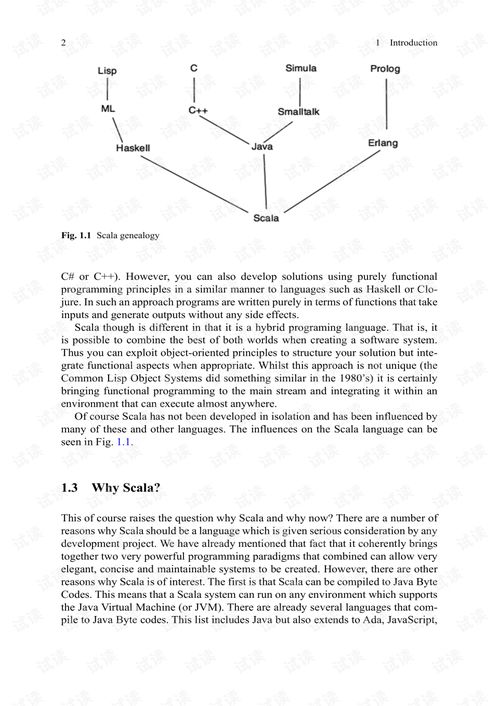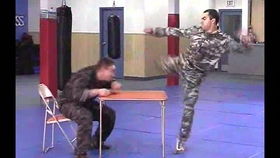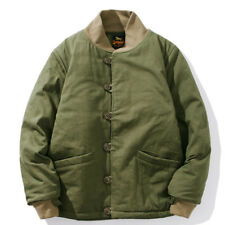Content:
Fishing in high wind conditions can be a challenging endeavor, but with the right techniques and mindset, anglers can still enjoy successful catches. The key is to adapt to the elements and employ strategies that maximize your chances of landing a fish despite the gusty weather. Here are some essential techniques to help you master the art of fishing in high wind:
Choose the Right Location When the wind picks up, it's crucial to find a location that offers some protection from the strongest gusts. Look for areas with natural windbreaks such as trees, hills, or even the shoreline itself. These natural barriers can help reduce the wind's impact on your fishing experience.
Tackle Selection Selecting the appropriate tackle is vital in high wind conditions. Here are some recommendations:
a. Lighter Line: Use a lighter line to reduce the wind's effect on your rig. A lighter line is less likely to be blown around by the wind, making it easier to maintain control over your bait or lure.
b. Strong Leader: Attach a strong leader to your main line to protect it from abrasion and potential breakage. This is especially important if you're fishing in areas with structure or rough terrain.
c. Larger Lures: In windy conditions, larger lures can be more effective as they are less likely to be blown away by the wind. However, ensure that the lure is still suitable for the species you're targeting.
Cast Direction and Distance When casting in high wind, it's essential to understand how the wind will affect your cast. Here are some tips:
a. Cast into the Wind: By casting into the wind, you can use the wind to your advantage. The wind will help your lure reach further distances and maintain a more natural presentation.
b. Adjust Your Casting Angle: Adjust your casting angle to compensate for the wind. If the wind is coming from the left, cast slightly to the left, and vice versa.
c. Use a High-Angle Cast: A high-angle cast can help you overcome the wind's resistance. Tilt your rod back further than usual and increase your casting speed to achieve a higher arc.
Rigs and Baits Adapting your rig and bait can make a significant difference in windy conditions:
a. Use a Carolina Rig: The Carolina rig is excellent for fishing in windy conditions. It allows your bait to sink deeper and stay in the strike zone longer, reducing the wind's impact.
b. Employ a Weighted Leader: Adding weight to your leader can help keep your bait on the bottom or at a desired depth, minimizing the wind's effect.

c. Live Bait vs. Artificial Lures: Live bait can be more stable in windy conditions, but artificial lures can be more versatile. Choose the one that suits the species you're targeting and the conditions you're facing.
Wind-Proof Techniques Here are some additional techniques to help you fish effectively in high wind:
a. Use a Rod Holder: A rod holder can help you keep your rod steady and prevent it from being blown around by the wind.
b. Adjust Your Anchor: If you're using an anchor, ensure it's secure and can withstand the wind's force. A heavy-duty anchor or a combination of anchors can provide better stability.
c. Stay Calm: High wind can be stressful, but staying calm and patient is crucial. Take deep breaths and maintain a steady focus on your fishing.
Weather Awareness Keep an eye on the weather forecast and plan your fishing trips accordingly. Try to fish during the calmest part of the day, such as early morning or late afternoon, when the wind is typically lighter.
In conclusion, fishing in high wind conditions requires adaptability and a keen understanding of the elements. By choosing the right location, tackle, and techniques, you can still enjoy successful fishing experiences despite the gusty weather. Remember to stay safe, remain patient, and enjoy the challenge of mastering the art of fishing in high wind. Happy fishing!












